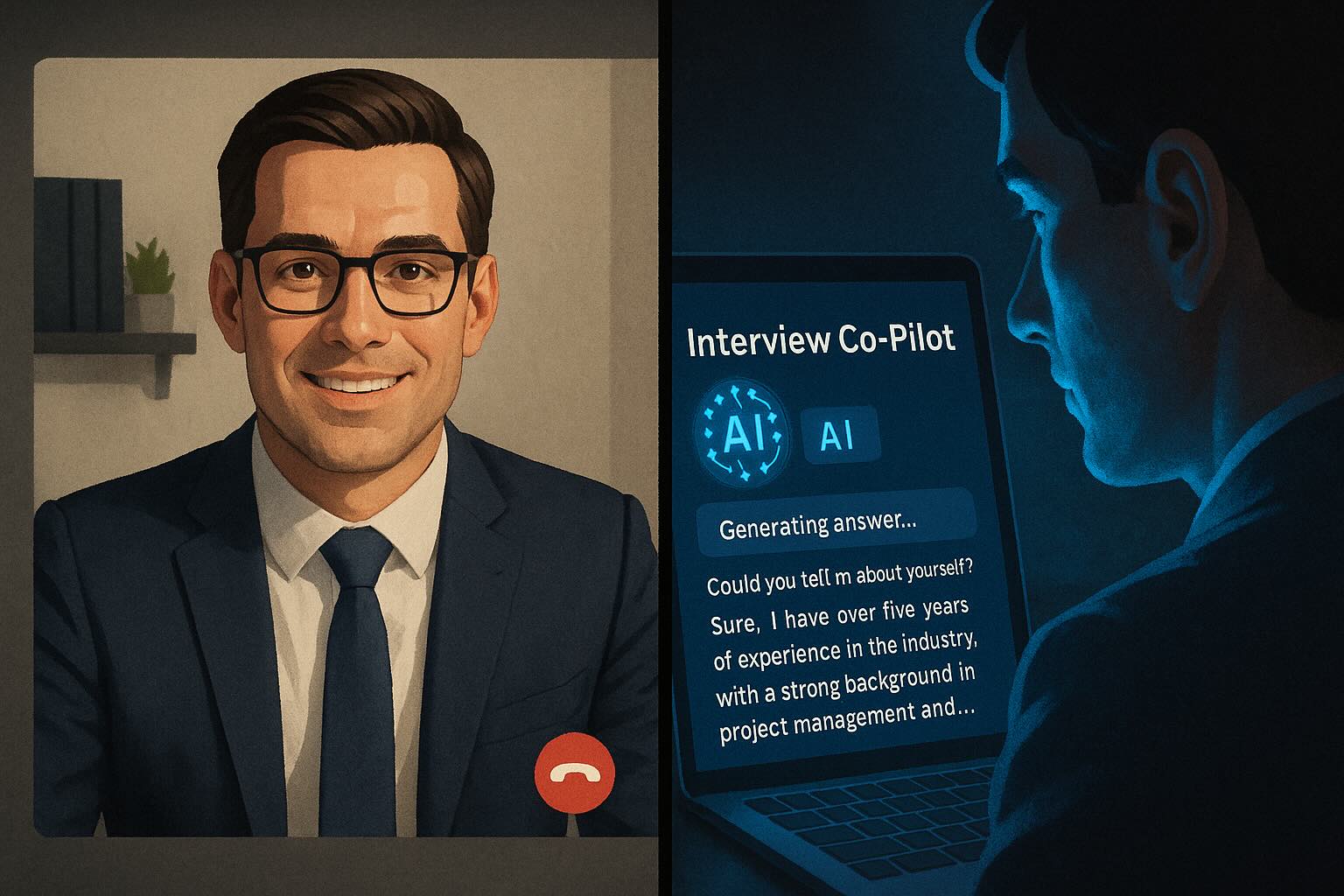
Beyond the Assignment: 3 Smarter Ways to Assess Engineering Talent.
For years, the take-home coding assignment was considered a staple of technical hiring; a seemingly objective way to see a candidate’s skills in action. In today's hiring landscape, this once-reliable tool is becoming a significant liability. Not only is it a poor measure of the skills modern developers actually need, but the rise of generative AI has made it fundamentally untrustworthy.
If you’re still relying on take-home tests, you’re likely wasting time and missing out on the best talent. Here’s why they’re failing and what you should do instead.
The Flaws of the Traditional Take-Home Test
The core issues with take-home assignments are now too big to ignore. They create a poor experience for candidates and, worse, often test for the wrong skills.
- They Are Easily Cheated: This is the most critical failure. Any take-home coding assignment is now effectively useless because a candidate can simply use an AI to solve the problems. With AI co-pilots and code generators, you have no way of knowing if you're evaluating the candidate's skills or the AI's.
- They Test for the Wrong Skills: Modern development is less about writing perfect code from scratch and more about designing systems and having a strong conceptual understanding of the underlying technologies. Take-home tests often reward regurgitated code rather than the critical thinking and architectural skills that differentiate a great engineer from a good one.
- They Create a Poor Candidate Experience: Top engineers are busy people. Asking them to spend hours on an unpaid assignment is a big ask that can cause them to drop out of your hiring process altogether, especially if they have competing offers.
3 Modern Alternatives That Actually Work
The goal isn't to make hiring harder, but smarter. It's time to adopt coding assessment alternatives that are more respectful of a candidate's time and far better at identifying true engineering talent.
1. Live, Paired Problem-Solving
Instead of an asynchronous test, schedule a short (30-45 minute) live session with one of your engineers. The focus shouldn't be on writing flawless code, but on collaborative problem-solving. Present a small system design challenge or a piece of buggy code and work through it together. You'll learn far more about a candidate's thought process, communication skills, and ability to handle feedback than you would from a sterile take-home assignment.
2. A Technical Deep-Dive on a Past Project
Ask your candidate to choose a project from their portfolio and walk you through it. This is an excellent way to gauge their real-world experience. Have them explain the architecture, the trade-offs they made, what went wrong, and what they would do differently now. This approach tests their technical depth, communication skills, and ability to reflect on their own work—all critical indicators of a senior-level engineer.
3. Automated Conceptual Screening
The most scalable and effective alternative is an automated, conversational screen. Imagine an AI agent that calls a candidate and asks them a series of targeted questions from a predefined question bank. This isn't a coding test; it's a conversation designed to probe a candidate's conceptual knowledge.
This method directly assesses a developer's understanding of system architecture and fundamentals, which is crucial for success in a world where AI can generate code but needs a strong engineer to be productive. It's fast, fair, and cheat-resistant.
Evolve Your Hiring Process
The way we build software is changing, and the way we hire developers must change with it. By moving away from outdated take-home assignments and embracing modern alternatives like automated conceptual screening, you can build a faster, fairer, and more effective hiring process that identifies the thinkers and problem-solvers you need to build a great team.
Ready to Accelerate Your Hiring Velocity?
Leverage AI agents to eliminate false-positive interviews and save valuable engineering time









